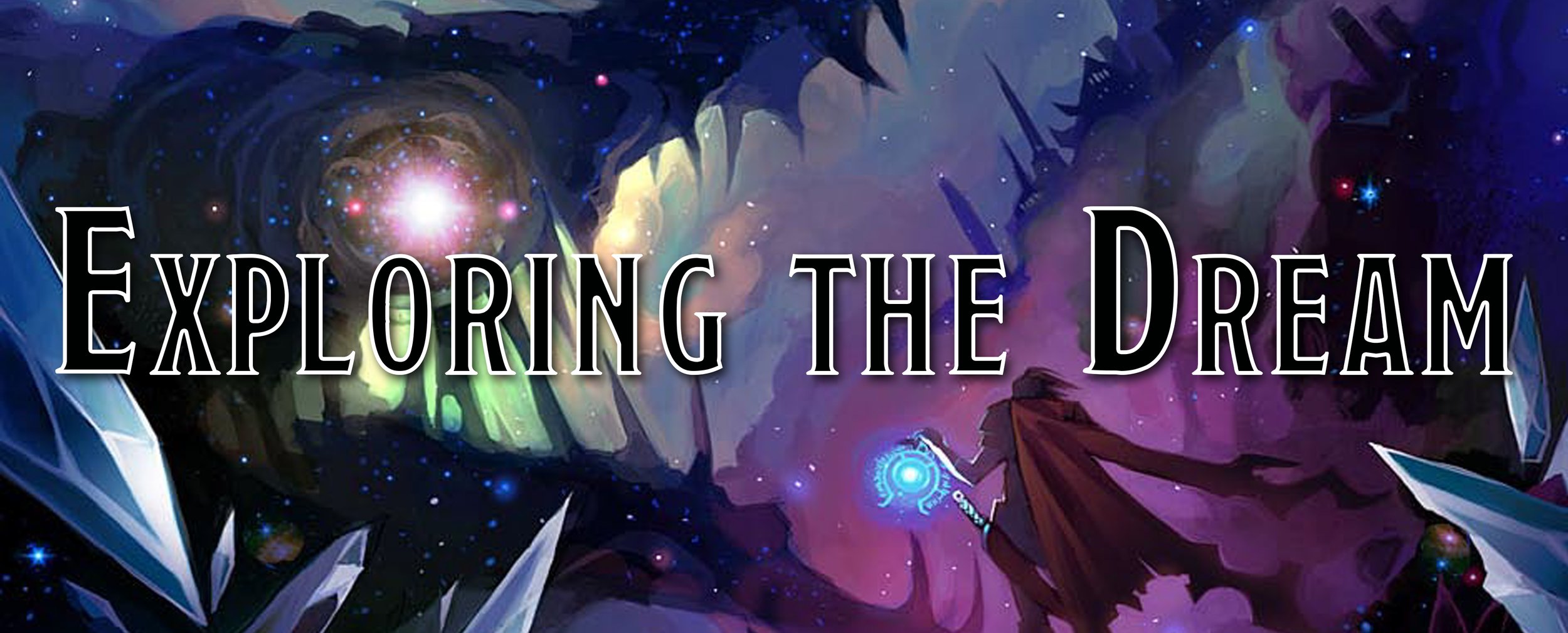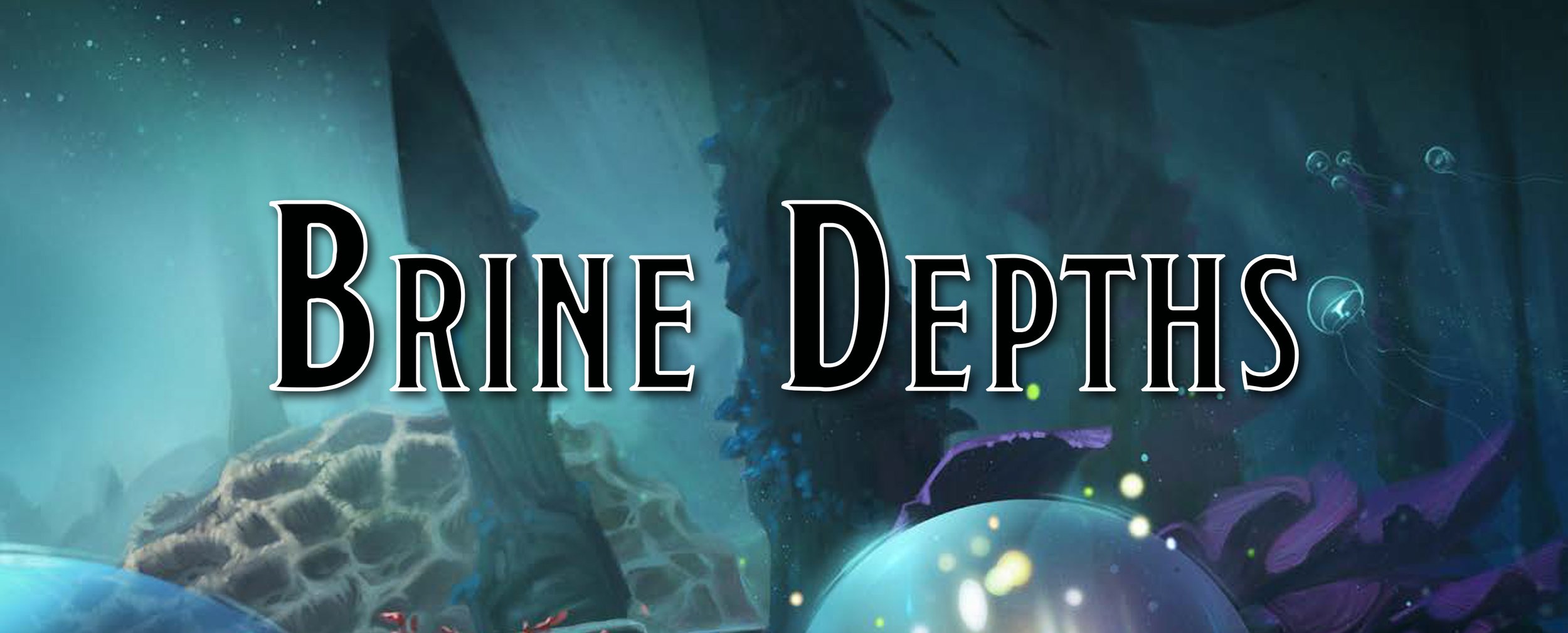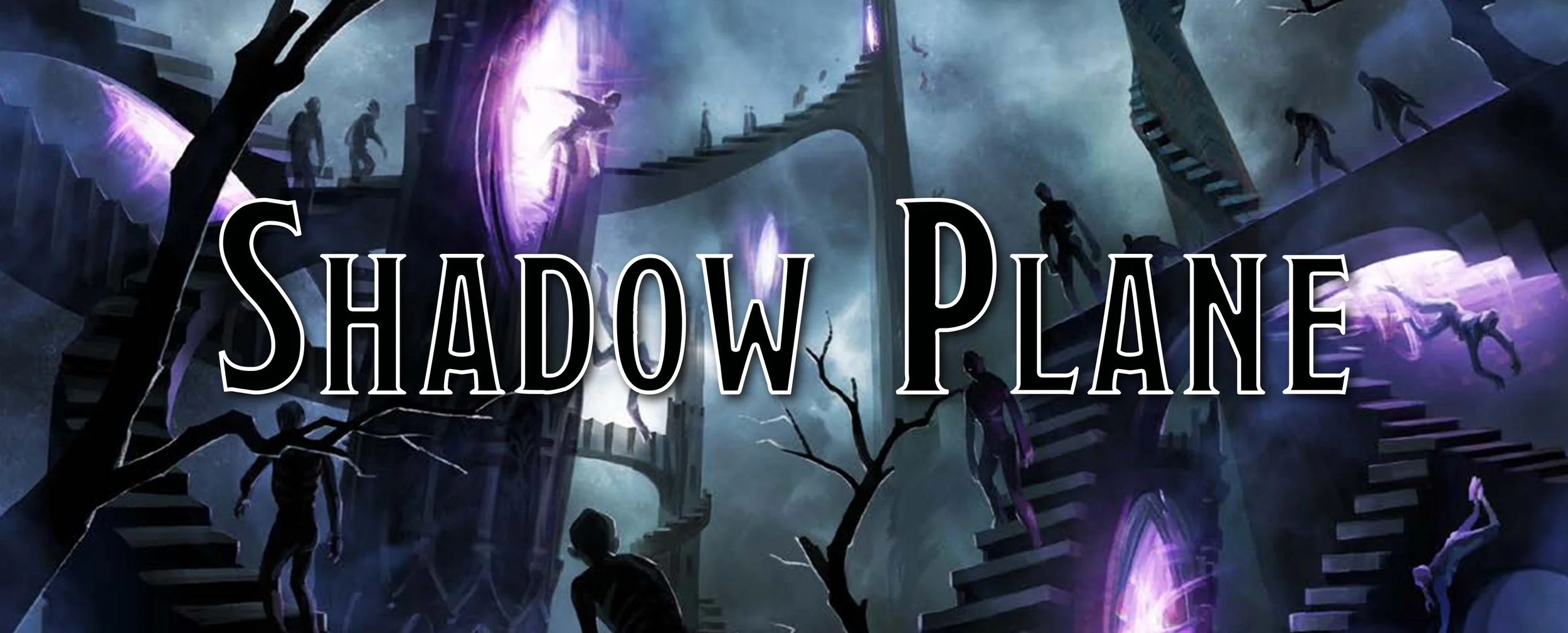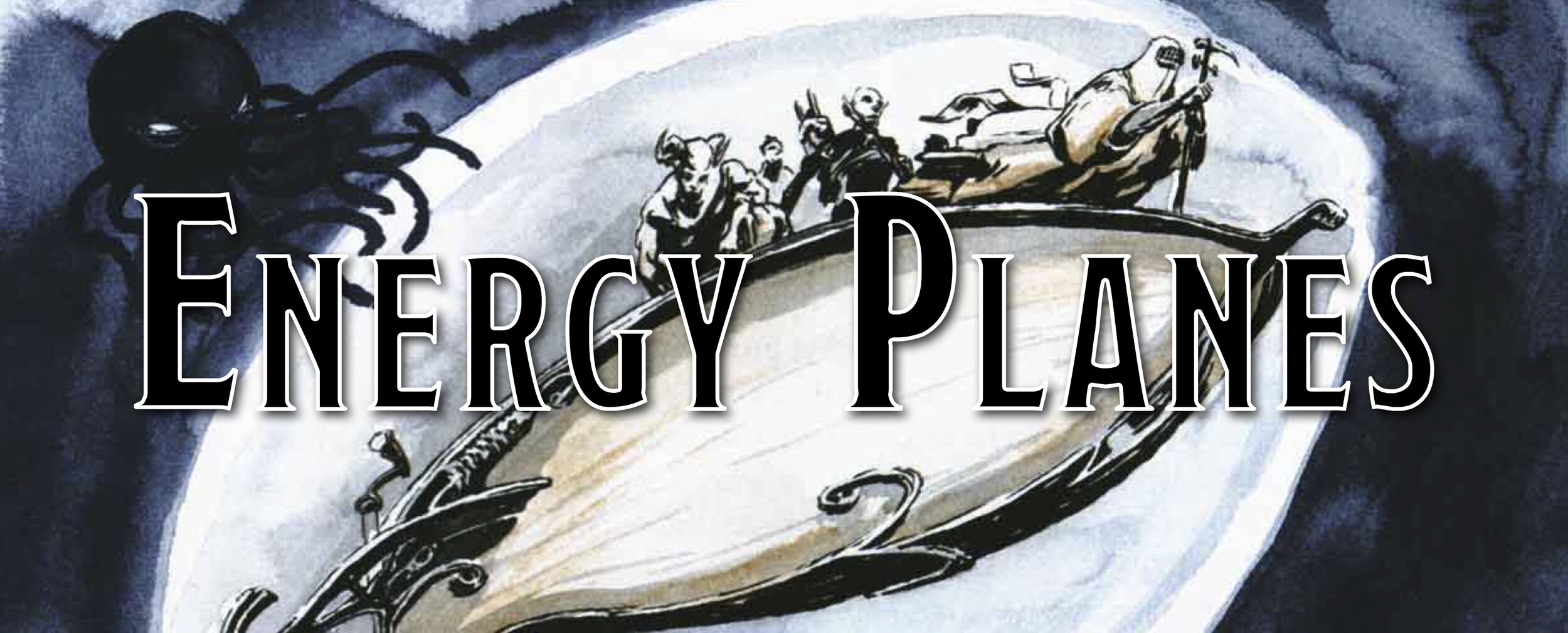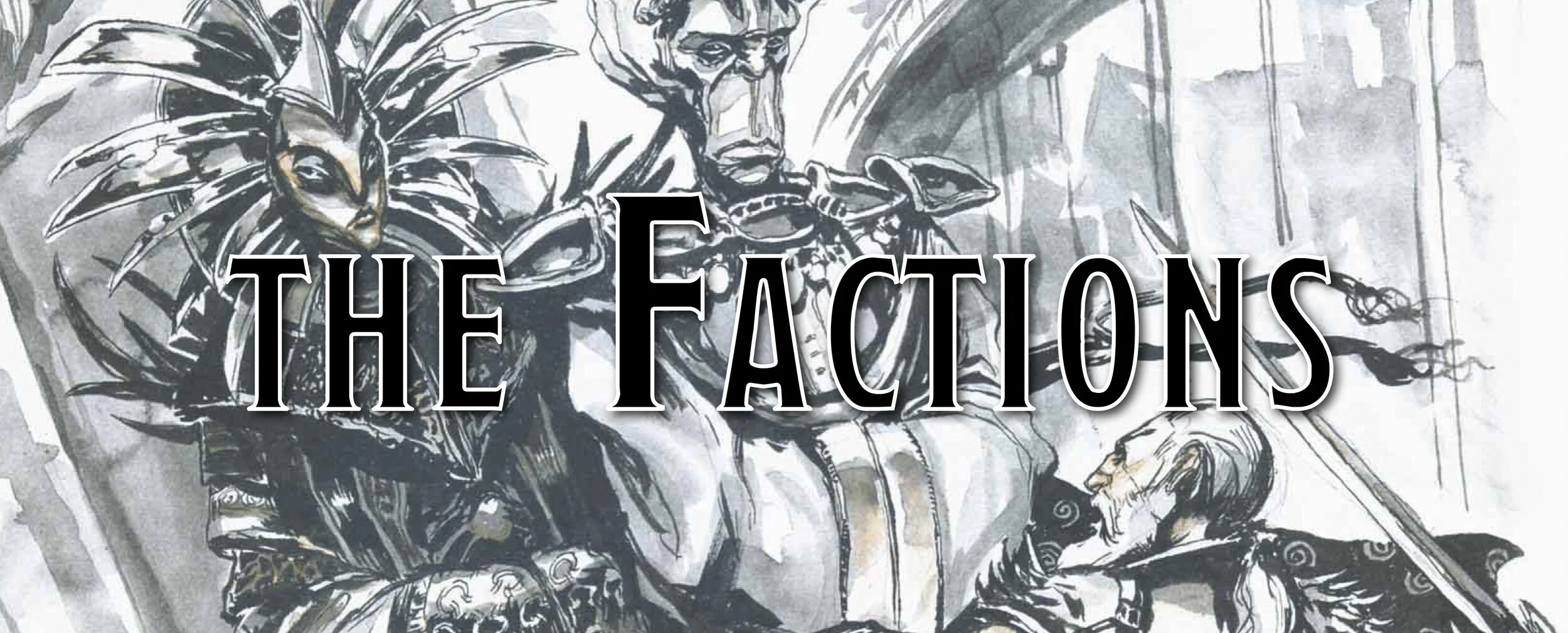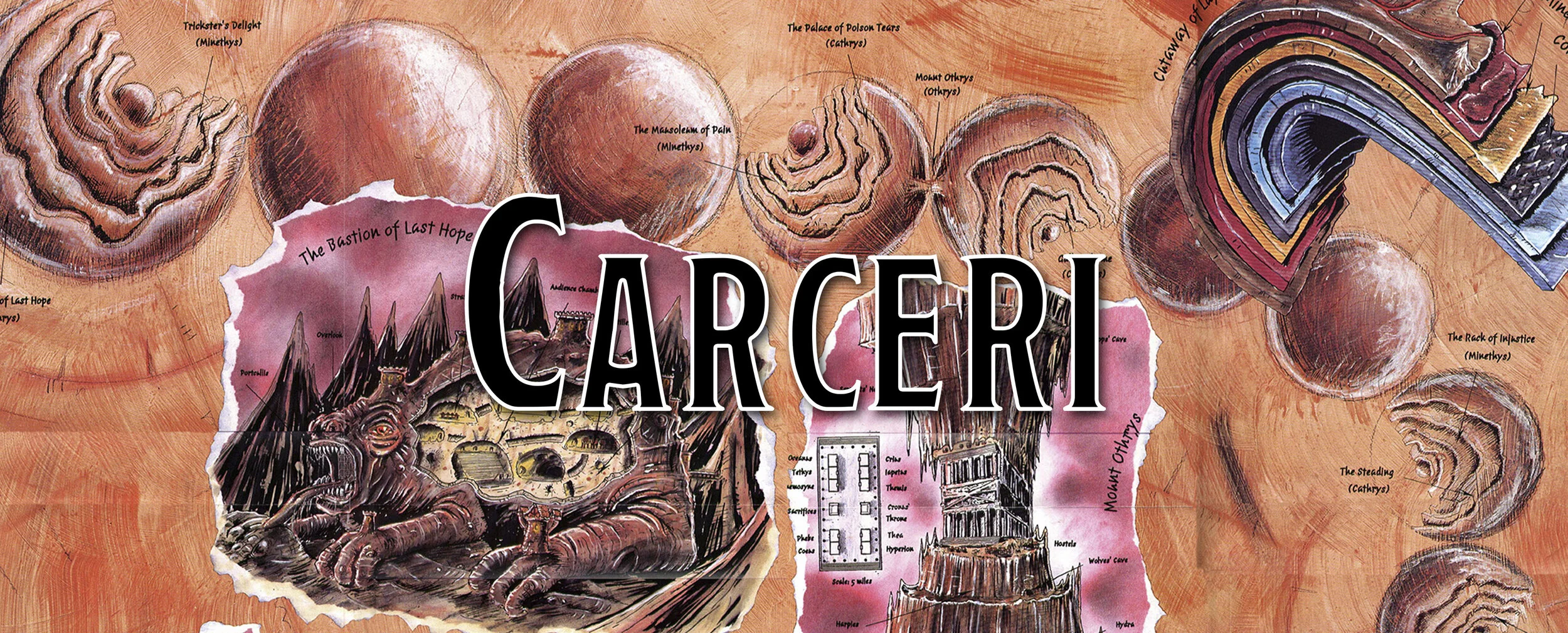Introduction to the Planes
I love the planes. Traveling from an exotic world to another one in your spelljammer or planar dromond is such a cool image to me. Who doesn’t want to be sailing across the Astral Sea, the bow of their ship cutting through the silvery mists and the twinkling of distant planes clustered all around like stars in the night sky? Its incredibly picturesque until the githyanki raiders appear out of the silver mist with a red dragon leading the charge!
Or maybe you’d rather be on the front lines of the Blood War, devils behind you as you charge across the dusty-red sands of Avernus towards an encroaching horde of demons.
Or you could be in the eternal twilight of the Feywild, its sky a dazzling array of colors and lost in the beautiful, and deadly, forests.
Or the grungy dark shadows of the Shadowfell, where lost souls haunt the dead forests.
But there is even more! The glittering plane of Hestavar with it’s gold and gem lined streets, the final place of rest for warriors in Warrior’s Rest, the elemental City of Brass, the city of secrets known as Sigil, Mount Celestia, the mazes of Pandemonium, and so many more exotic locales.
The Planes
Before we can get too deep into the Planes, we first have to understand what the Planes are. Most adventures take place on what is known as the Material Plane, the Material World or even just the world. This world is typically mundane and could be the world of Abeir-Toril (the Forgotten Realms), Oerth (World of Greyhawk), Eberron or even a homebrew world like my world of Talia. In each of these worlds, they are at the center of the planes, sometimes only figuratively and other times literally.
Adjacent to the world are two planes known as the Feywild and the Shadowfell, with one representing the strange and fantastical and the other representing death and destruction. The Feywild is a place of wild magic, and where other-worldly creatures like elves, centaurs, pixies, sprites and many other similar creatures come from. The Shadowfell is a place of darkness, and where creatures of death, like the Shadar-Kai, undead and dark creatures come from. Both planes are reflections of the material world, and where a forest might be on the material plane it can be found in reflected in the two planes. In the Feywild, this forest might be larger, far more lush with life or even be a massive forest-city for elves. While on the Shadowfell, it may be a forest of the dead with its trees seemingly rotting forever in a horrible swamp and home to hundreds of lost souls and undead.
Outside of the world, and its reflections, are the Astral Sea and the Elemental Chaos. The Astral Sea is home to thousands of planes/dominions that come in all sizes and are largely the homes of deities and where souls go to their eternal rest. Opposite that is the Elemental Chaos, a massive chaotic mix of elements that are shaped into domains by the will of mighty creatures and beings. At the very bottom of the Elemental Chaos is a massive funnel where you can enter the Abyss, home to demons.
Zooming out of the Astral Sea and the Elemental Chaos is the Positive Energy Plane and the Negative Energy Plane. The Positive Energy Plane is the plane of life energy and most spells that create life, destroy undead or heal draw their power from this plane. The Negative Energy Plane is the plane of death and entropy, and is what fuels Necromancy spells. Visiting either plane is the fastest way to die as the pure energy of Life will overflow your body, causing you to explode, on the reverse if you visit the Negative Energy Plane, all life will be immediately sucked out of you, leading to your death and maybe even your undeath.
Outside of the planes is what is known as the Far Realms, Outside or even the Beyond. This is not a place of the planes and is where strange creatures to bizarre for our minds to comprehend reside. Mindflayers, beholders and other aberrations are from these lands, as well as eldritch abominations and Elder Evils. The most powerful of these creatures would like to destroy the planes or to conquer it for their own goals. One should never venture out here unless they wish to have their mind destroyed by the strangeness.
The Cosmology
There are many different variations of the planes and I will be presenting this information from the viewpoint of the World Axis cosmology as I find it more evocative than other models, and was the default cosmology for 4th edition.
Manual of the Planes, 2008 WotC
World Axis
The World Axis cosmology is so named because the mortal world and its parallel planes form an axis or pivot point linking the two great infinite planes—the Astral Sea and the Elemental Chaos. The world is therefore the fulcrum where elemental forces and divine forces meet. This model provides a mix of benign, strange, wondrous, and sinister planes you can use in your game without the necessity of designing your own unique cosmology.
Manual of the Planes, 2008 - 4th Edition
There are several variations for the cosmology and in the Player’s Handbook (2014) it presents the default cosmology of 5th edition as The Great Wheel, where the center is the Material Plane and there are wheels that circle the Material Plane.
Player’s Handbook, 2014 WotC
Great Wheel
The default cosmological arrangement presented in the Player's Handbook visualizes the planes as a group of concentric wheels, with the Material Plane and its echoes at the center. The Inner Planes form a wheel around the Material Plane, enveloped in the Ethereal Plane. Then the Outer Planes form another wheel around and behind (or above or below) that one, arranged according to alignment, with the Outlands linking them all.
Dungeon Master’s Guide, 2014 - 5th Edition
While the information I present will be focused on the World Axis, it can easily be adapted into the Great Wheel and largely doesn’t change much beyond that there is no true Plane of Air/Earth/Fire/Water but rather they have large domains claimed in the Elemental Chaos. I will be sure to point out any differences, if any, between these two models in future articles. As a side note, in 3rd edition the default cosmology was the Great Tree, and in 2nd edition the default cosmology was the Great Wheel, like 5th edition.
The Material Plane
Despite different ideologies, most cosmologies all focus on the Material Plane being the center of the Planes and it plays an important part in the planes. From the Material Plane, portals to the Astral Sea or Elemental Chaos can be stumbled upon. These portals may lead to horrifying locales or fascinating cities. Furthermore, the Material Plane always has weak spots where the Feywild or Shadowfell are closer and may have some influence on its land. There may be land where no living thing can survive, or where rare flowers of the fey can be found.
In my home world of Talia, the gods that inhabit the Astral Sea are always causing problems for mortals and the primordials of the Elemental Chaos are looking for ways to plunge the material world into chaos. By combining the dangers of the planes, you can bring in powerful, otherworldly beings that will shape your world for future campaigns.
In the next article in this series, we will be traveling to one of the reflections of the Material World, the Feywild, where the fey call home.
Questing in the Multiverse - d100 Quests in the Planes
How to use Portals
Travel to the Moon
Reflections of the Material Plane
Feywild / Exploring the Fey Plane
Shadowfell / Exploring the Shadow Plane
Outer Planes
Astral Plane / The Knowledge Gyaan
The Outlands / Sigil, the City of Doors / Factions of Sigil / Gate-Towns
the Abyss, the Infinite Layers of
Acheron, the Infinite Battlefield of
Arborea, Olympian Glades of
Arcadia, the Peaceable Kingdoms of
Elysium, the Blessed Fields of
Baator, the Nine Hells of
Bytopia, the Twin Paradises of
Carceri, the Tartarien Depths of
Gehenna, the Bleak Eternity of
Hades, the Gray Wastes of
Limbo, the Ever-Changing Chaos of
Mechanus, the Clockwork Nirvana of
Mount Celestia, the Seven Heavens of
Pandemonium, the Windswept Depths of
The Beastlands, the Wilderness of
Ysgard, the Heroic Domains of
Inner Planes
Ethereal Plane
Elemental Chaos
Plane of Air / Ikiuku, a City of Air
Plane of Earth / The Grave Quarry
Plane of Fire / City of Brass
Plane of Water / The Brine Depths
Para-Elemental Planes
Positive & Negative Energy Planes
Positive Quasi-Elemental Planes / Negative Quasi-Elemental Planes
Other Planes
The Akashic Records
Far Realm
Plane of Dreams / Exploring the Dream
Like what we are doing here?
Support us on Patreon!
You’ll get access to our discord, our Homebrew Hoard, our extras podcast and more!
Follow us on Twitter to keep up to date on everything we talk about!





